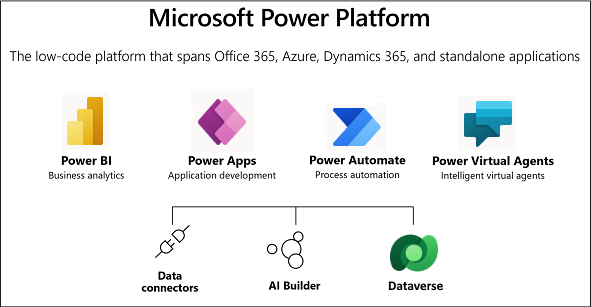The ability to process, analyze and make decisions upon data has become critical to many businesses. Digitization has created a high demand for tailor-made applications and tools that allow employees to work hands-on with data. However, writing code to develop software applications is a complex task, often requiring highly specialized developers with a background in various programming languages.
These developments have resulted in a sharp increase in the demand for software engineers who can come to the task. However, there is a significant talent shortage in the IT industry. Gartner reported this as one of the top five emerging risks, and 63% of senior executives recognized the shortage as a significant concern (1).
This increased demand for software and the shortage in development resources have created an opportunity for low-code application development platforms. These platforms allow non-programmers to develop business applications via drag-and-drop interfaces. This allows business people to build tools that fit their data needs and business processes. As low-code tools are created on a platform, they can easily be connected to other low-code applications and larger business processes.
Several of the big players in the IT industry are increasingly offering low-code platforms integrated into their cloud service offerings. One of the leaders in the 2021 Gartner Magic Quadrant for Low-Code Application Platforms is Microsoft (2). Their Power Platform provides tooling for UI construction, business process automation, and data analytics. With their Power Platform, Microsoft fills the gap between their existing office suite (e.g., Word & Excel) and highly custom applications requiring intensive coding. Allowing companies to digitize their outdated paper-heavy business processes as well as replace error-prone Excel-based data processes.
Most well known in Microsoft’s Power offering is the data analytics tool PowerBI, which allows business users to visualize data processes through an intuitive drag-and-drop interface (3). However, the Microsoft Power Platform offers many more low-code opportunities. For example, PowerApps, the platform’s development tool for mobile and web apps, allows business users to create applications, once only reserved for seasoned developers (4).
With demand for digitized business processes only increasing and the talent shortage in the IT industry not likely to disappear any time soon, low-code platforms are here to stay. Microsoft has positioned its Power Platform as the perfect growth opportunity for their existing MS Office Suite. If Microsoft has it their way, PowerBI & PowerApps will be as familiar to every business user as MS Word & Excel are today.
(1) https://www.gartner.com/en/newsroom/press-releases/2019-01-17-gartner-survey-shows-global-talent-shortage-is-now-the-top-emerging-risk-facing-organizations
(2) https://www.gartner.com/doc/reprints?id=1-275QSBDL&ct=210813&st=sb
(3) https://powerplatform.microsoft.com/en-us/power-apps/
(4) https://powerplatform.microsoft.com/en-us/power-automate/


